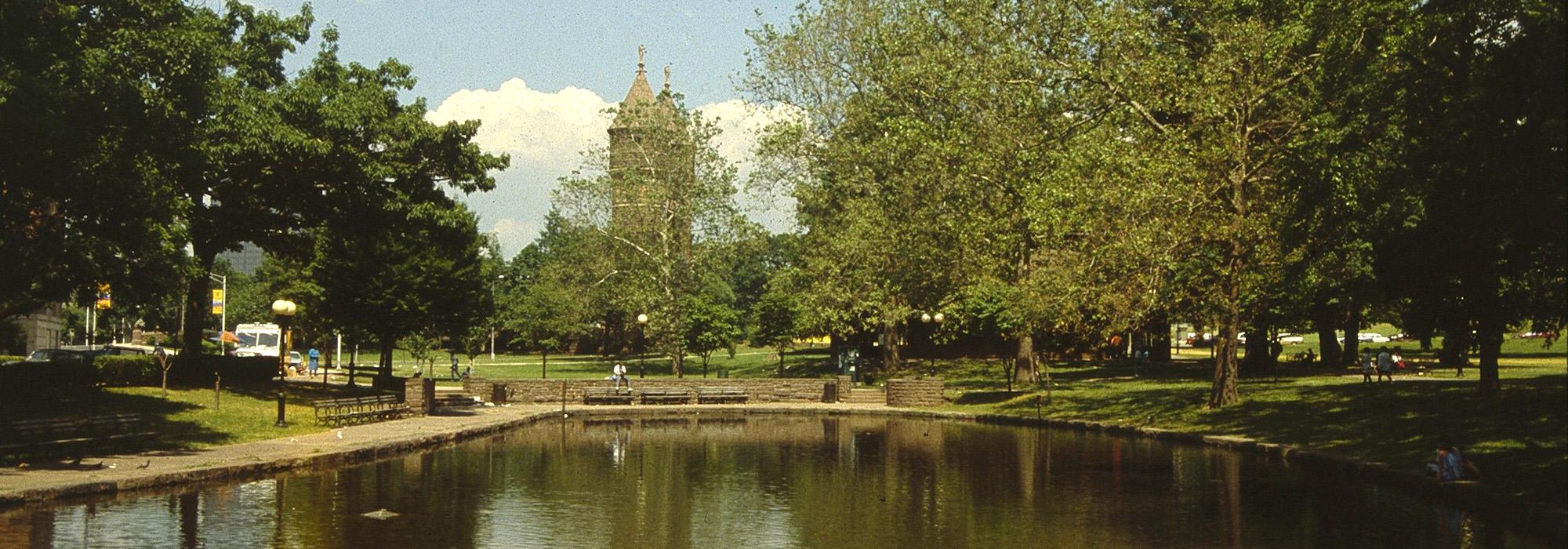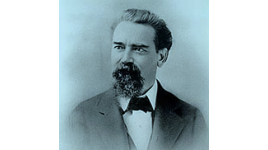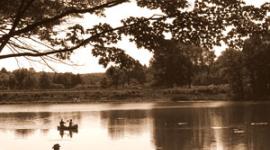Jacob Weidenmann Biography
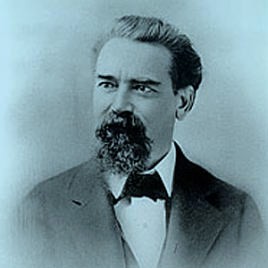
Jacob Weidenmann was born to prosperous parents in Winterthur, Switzerland in 1829. He was an intelligent, active child, always eager to learn; his interests in design were soon apparent. When Jacob came of age, his parents arranged for him to work in the office of family friend and architect A.M. Forte in Geneva. Forte gave positive reports of Jacob’s growing interest in design and recommended further training.
By 1847 Jacob was enrolled in the general program of the Akademie der Bildenden Kunste in Munich; by graduation Jacob already had landscape design in mind; he specialized in art and architecture, and included training in engineering, horticulture, and botany. After receiving his engineering diploma, he apprenticed at a botanical garden in Zurich, and painted in the ateliers of several prominent artists.
His family then sponsored an extensive tour throughout Europe to see botanic gardens and landscapes, and in the late 1850s he made his first voyage to the Americas, first to North America, from coast-to-coast, and then to Panama and Peru. It was in Lima that he executed his first landscape commission: the design for the Hacienda LaMolina (which is now Peru’s college of agriculture).
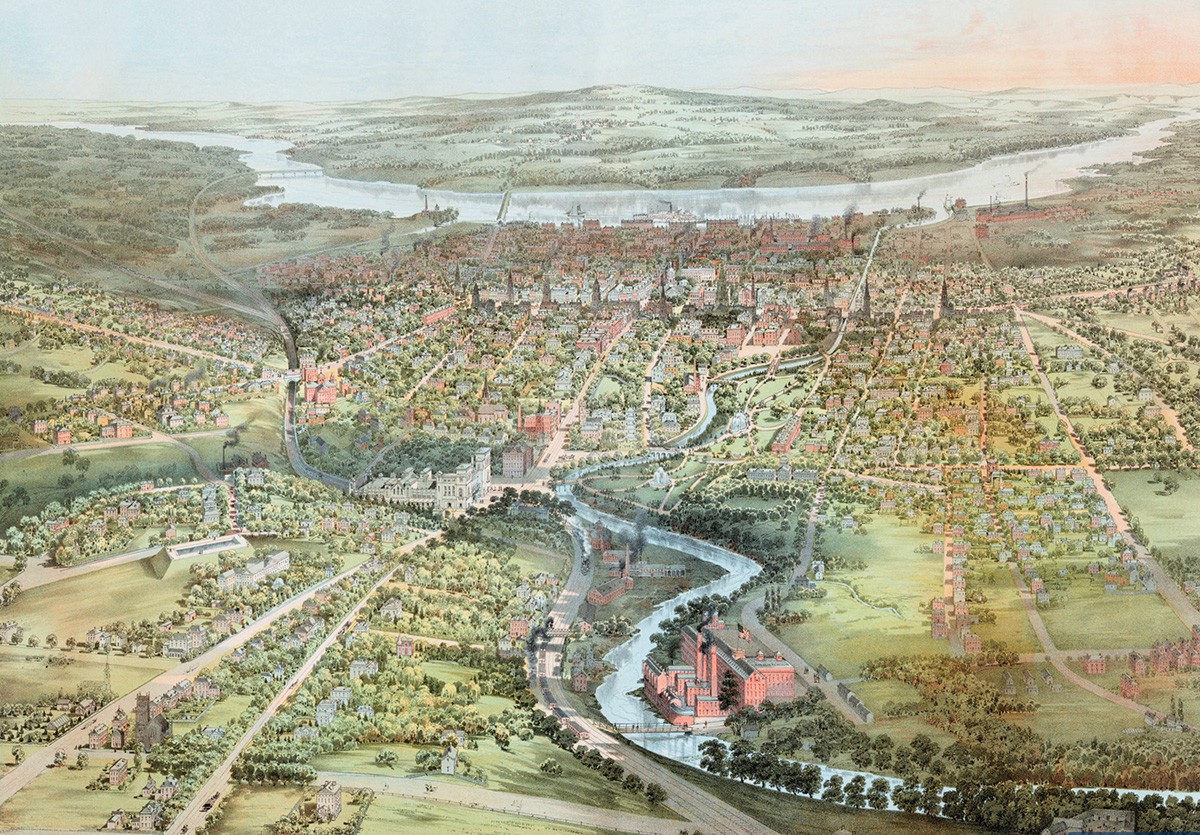
Afterward, Weidenmann returned home, but his restless nature impelled him to take another voyage to America, intending to settle in New York. On the ocean liner Argonne, he met a young lady named Anna Schwager, traveling with her mother. They fell in love and were married soon after the liner entered port.
Weidenmann readily found employment working with Eugene Baumann, another landscape gardener and recent immigrant from Germany; together they executed several projects, among then Llewellyn Park in West Orange, New Jersey. Weidenmann also had several of his own commissions, one of which was Hill Park, a large residential park on Staten Island.
The early 1860s brought Jacob Weidenmann, his wife, and their newly born daughter, Anna, to Hartford, Connecticut where Jacob had been selected to design and build the nation’s first publicly funded municipal park, later named Bushnell Park. The site was difficult, requiring Weidenmann’s engineering skills to address drainage issues. His plans were readily approved by the newly formed park board, and when some of these same individuals realized that they were at the forefront in the park movement, but lagging in establishing a rural cemetery, they asked Weidenmann to help them select a site for one. Thus, in 1864, Cedar Hill Cemetery was incorporated with Weidenmann serving as both its designer and superintendent. Today, the Board of Cedar Hill Cemetery is still faithful to Weidenmann’s open lawn plan for its 268 acre cemetery.
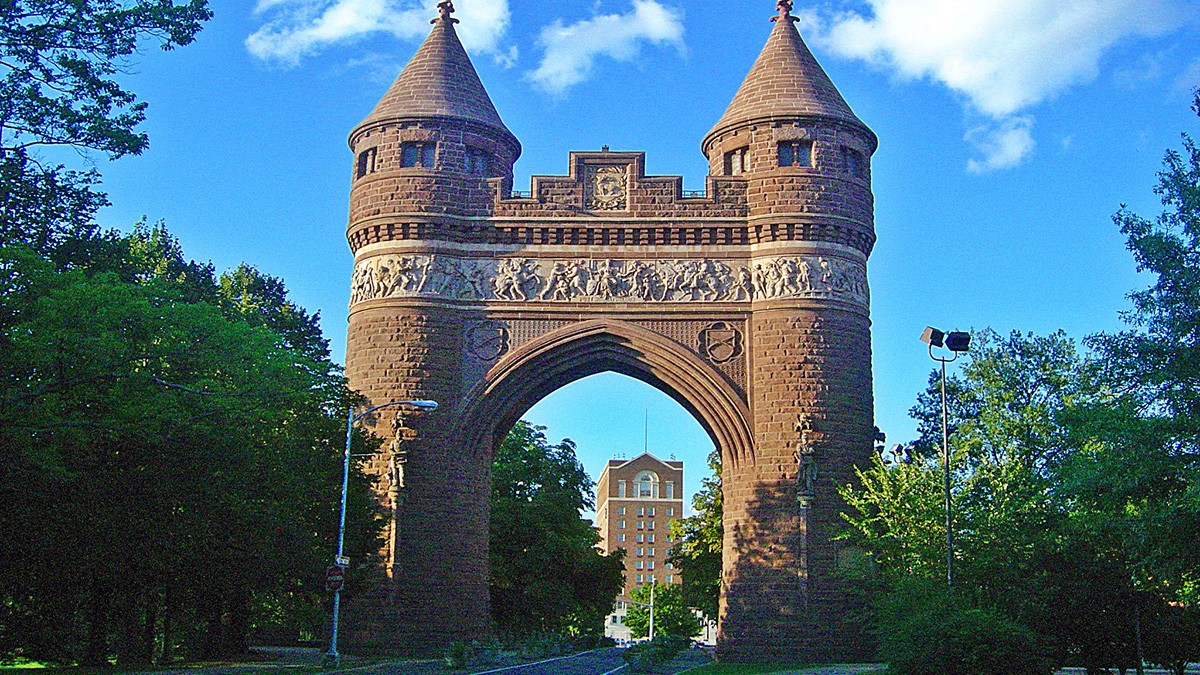
After a long visit to his mother in Switzerland, Weidenmann returned to Hartford, but soon moved to New York City where he set up his own office. He established an alliance with Frederick Law Olmsted; the offices collaborated extensively for the nine years prior to Olmsted moving his firm to Brookline, Massachusetts. Weidenmann also had his own commissions. In 1876, at the Centennial Exhibition in Philadelphia, Weidenmann was awarded a “Medal and Diploma” for his plan for “Masquetux”, the estate of Henry B. Hyde, in Bay Shore, Long Island, NY. He designed plans for many other estates, parks, and campuses on Long Island and elsewhere in New York, and in New England and New Jersey. With a sense of success from these pioneering commissions, in 1870 Weidenmann published his first book, Beautifying Country Homes. Part One deals with planning principles for various projects (residences, parks, cemeteries, institutions), and Part Two presents twenty-four plans with descriptions.
By the late 1870s Weidenmann’s practice had gained national scope. In 1878, he prepared plans to revise the landscape at the Hot Springs Reservation in Arkansas, and by 1885 he was selected to design the capitol grounds in Des Moines, Iowa. While in Des Moines, he was also asked to draw plans for the State Fair Grounds and for the Polk and Hubbell Residential Park. The Stair Plaza at the capitol remains faithful to his designs, and remnants of his plan for the Polk and Hubbell Park are also evident.
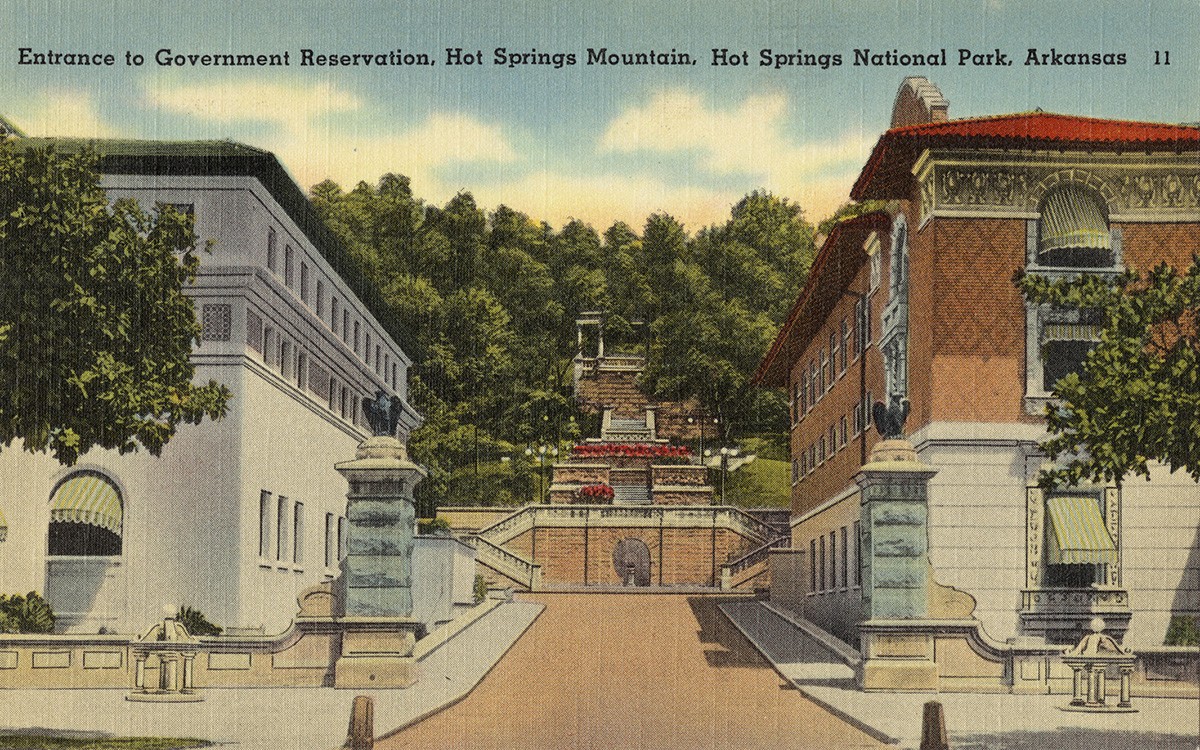
Having enjoyed his experiences in Iowa, Weidenmann briefly moved his practice to Chicago, but this venture was not successful, and by 1889 the family had returned to New York.
Weidenmann also prepared two other written works. One was entitled American Garden Architecture (1877), which was to be published serially in twelve journal-style issues. He prepared all of the drawings for this series, but only the first journal was published. While he was establishing his practice in Chicago, he wrote Modern Cemeteries (1888), a guide for cemetery design featuring his open-lawn concept, using his Cedar Hill plan as the prototype.
Weidenmann lived only four years after his return to New York. At the time of his death in 1893, he was working on plans for Pope Park in Hartford, Connecticut, plans that were completed after his death by the Olmsted firm. His most notable contributions to the field of landscape design include his open lawn concept for cemetery design, the basis he established for a consistent curriculum that he established for students of landscape architecture across the country, and his persistent proposals for the accreditation of landscape architects. He is remembered by the Weidenmann Prize established at the Graduate School of Design at Harvard in 1935 by his youngest daughter, Marguerite.



